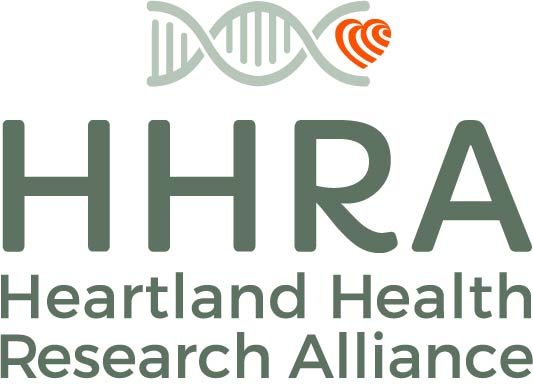Chiu, Y. H., Williams, P. L., Gillman, M. W., Gaskins, A. J., Minguez-Alarcon, L., Souter, I., Toth, T. L., Ford, J. B., Hauser, R., Chavarro, J. E., & Team, Earth Study; “Association Between Pesticide Residue Intake From Consumption of Fruits and Vegetables and Pregnancy Outcomes Among Women Undergoing Infertility Treatment With Assisted Reproductive Technology;” JAMA Internal Medicine, 2018, 178(1), 17-26; DOI: 10.1001/jamainternmed.2017.5038.
ABSTRACT:
IMPORTANCE:
Animal experiments suggest that ingestion of pesticide mixtures at environmentally relevant concentrations decreases the number of live-born offspring. Whether the same is true in humans is unknown. Objective: To examine the association of preconception intake of pesticide residues in fruits and vegetables (FVs) with outcomes of infertility treatment with assisted reproductive technologies (ART).
DESIGNT, SETTING, AND PARTICIPANTS:
This analysis included 325 women who completed a diet assessment and subsequently underwent 541 ART cycles in the Environment and Reproductive Health (EARTH) prospective cohort study (2007-2016) at a fertility center at a teaching hospital. We categorized FVs as having high or low pesticide residues using a validated method based on surveillance data from the US Department of Agriculture. Cluster-weighted generalized estimating equations were used to analyze associations of high- and low-pesticide residue FV intake with ART outcomes.
MAIN OUTCOMES AND MEASURES:
Adjusted probabilities of clinical pregnancy and live birth per treatment cycle.
RESULTS:
In the 325 participants (mean [SD] age, 35.1 [4.0] y; body mass index, 24.1 [4.3]), mean (SD) intakes of high- and low-pesticide residue FVs were 1.7 (1.0) and 2.8 (1.6) servings/d, respectively. Greater intake of high-pesticide residue FVs was associated with a lower probability of clinical pregnancy and live birth. Compared with women in the lowest quartile of high-pesticide FV intake (<1.0 servings/d), women in the highest quartile (>/=2.3 servings/d) had 18% (95% CI, 5%-30%) lower probability of clinical pregnancy and 26% (95% CI, 13%-37%) lower probability of live birth. Intake of low-pesticide residue FVs was not significantly related to ART outcomes.
CONCLUSIONS AND RELEVANCE:
Higher consumption of high-pesticide residue FVs was associated with lower probabilities of pregnancy and live birth following infertility treatment with ART. These data suggest that dietary pesticide exposure within the range of typical human exposure may be associated with adverse reproductive consequences. FULL TEXT
